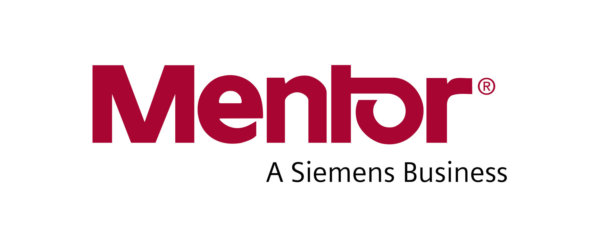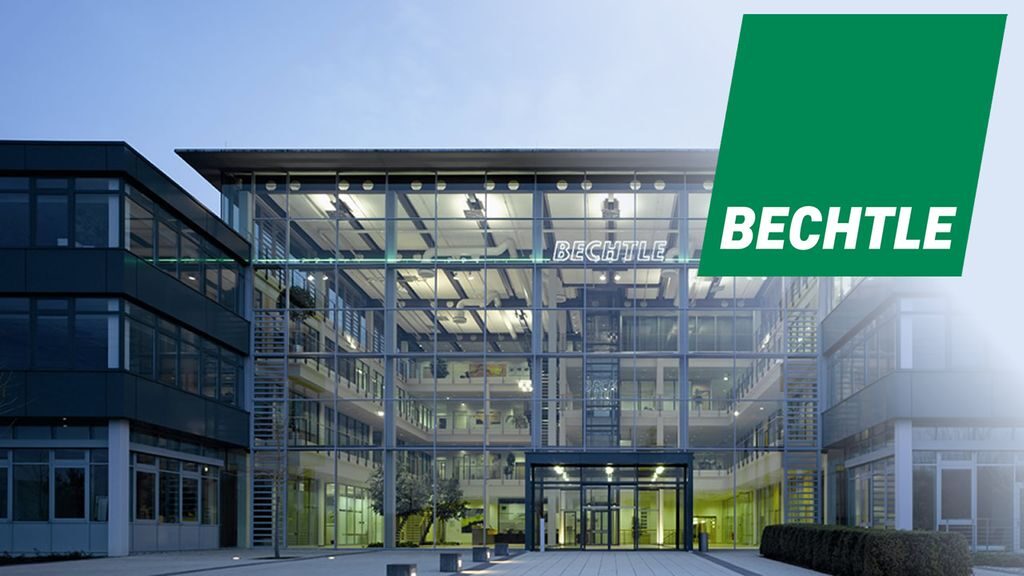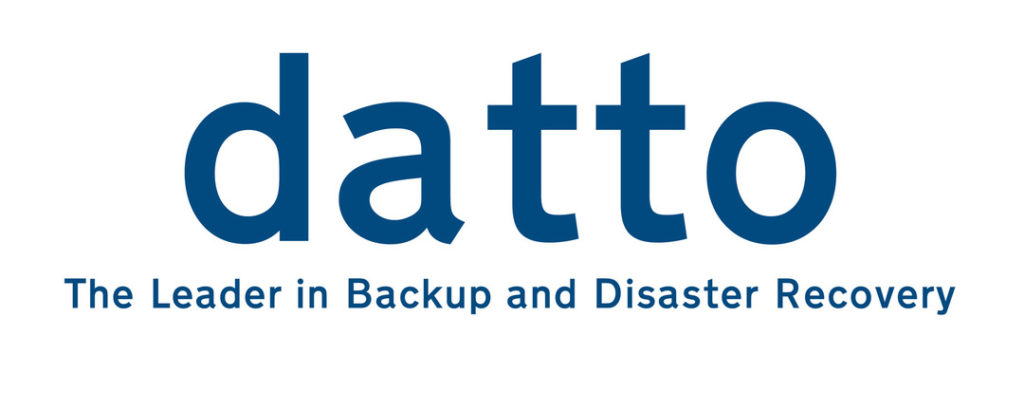Mentor Graphics, Leader In Electronic Design Automation (EDA) Technology.
Electronic design automation (EDA) technology leader Mentor Graphics offers hardware and software design solutions that help businesses create superior electronic devices more quickly and affordably. The company provides cutting-edge solutions and products that assist engineers in overcoming the design difficulties they encounter in the escalatingly complicated realms of child and board design.
About the Company
Founded in 1981, Mentor Graphics is an American electronic design automation(EDA) multinational company for electronics and electrical engineering. The company is headquartered in Oregon, United States. Since 2021, Siemens EDA has been the name of the old Mentor Graphics division. Mentor Graphics is known for selling products that automate electronic design, analogue mixed-signal design simulation tools, VPN services, fluid models, and heat transfer software. It is the only EDA firm with an embedded software solution. The company has the widest range of best-in-class products in the market.
History Of The Company
Tom Bruggere, Gerry Langeler, and Dave Moffenbeier, all of whom had previously worked for Tektronix, formed Mentor Graphics in 1981. Greylock, Venrock Associates and Stutter Hill contributed the initial $1 million round of funding. A third round, which raised another $7 million in April 1983, raised over $2 million through five venture capital groups in the next round. The first hardware platform was chosen to be Apollo Computer workstations. The founding members of Mentor Graphics initiated their first meetings with Apollo, a Massachusetts-based startup when it was barely a year old. Mentor Graphics used Apollo Computer workstations to distinguish its software and hardware in the computer-aided engineering (CAE) sector. When Mentor first entered the CAE industry, the organization had two distinguishing technical features: its software and hardware. While CAE companies like Daisy and Valid built their own hardware, Mentor ran all of its programs on the Apollo workstation. All EDA companies stopped using proprietary hardware in the late 1980s in favor of workstations by firms like Sun Microsystems and Apollo. Mentor Graphics, one of the three leading electronic design automation (EDA) businesses, stated in 2013 that it would start paying a quarterly dividend. In 1999, James Ready quit Mentor to create the embedded Linux business MontaVista. When Accelerated Technology Inc. was acquired by Mentor Graphics in 2002, Neil Henderson joined the company. Following the purchase of Project Technology in 2004, Stephen Mellor, a pioneer in the UML field and co-creator of the Shlaer-Mellor design approach, joined the company.

Acquisitions
Between 1995-2015, It acquired several companies, including Microtec Research, VeriBest, Accelerated Technology, Innoveda, Project Technology, Tanner EDA, LogicVision, and Calypto Design Systems. In 2008, Cadence Design Systems made a leveraged buyout proposal to takeover Mentor Graphics in June 2008. Later, Cadence retracted this offer, citing its inability to secure the required funding and Mentor Graphics’ management and reluctance to consider it. In 2016, the company announced that Siemens would be acquiring it for $4.5 billion.
Founder – Tom Bruggere
Tom Bruggere founded Mentor Graphics in 1981. In the early to mid-1970s, Bruggere worked as an engineer for Burroughs Corporation Medium Systems Plant in California, and in the late 1970s, he worked with Tektronix, Inc. He has held positions on the advisory committees of Mercy Corps, Technology Management Program at UCSB, OpenMarket, Will Vinton Studios, and Sirigen. He holds degrees in business administration from Pepperdine University; a master’s in computer science from the University of Wisconsin, and a bachelor’s of arts in mathematics from the University of California.
CEO – Wally Rhines
Before the Siemens acquisition, Wally Rhines served as the company’s CEO and president until November 2018. In 1993, Rhines took over as CEO of Mentor Graphics, which had a yearly revenue of around $340 million. In 2011, the business’s revenue surpassed $1 billion for the first time. Rhines has guided the corporation into new business ventures, such as software for the automotive industry.

I am a law graduate from NLU Lucknow. I have a flair for creative writing and hence in my free time work as a freelance content writer.


